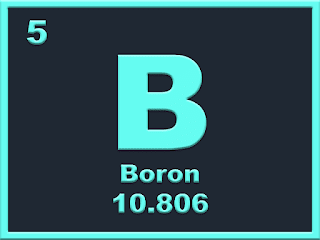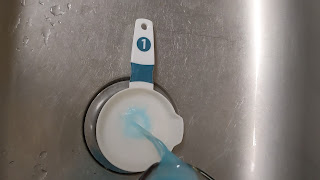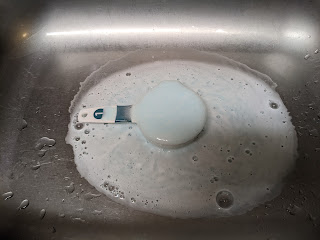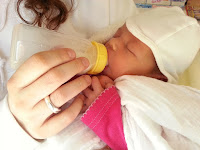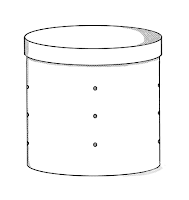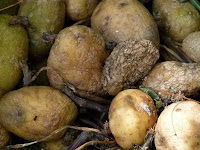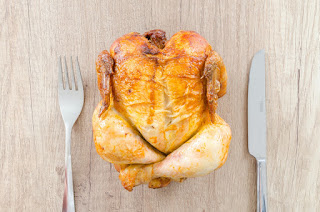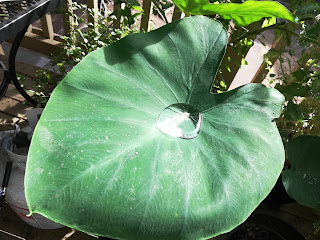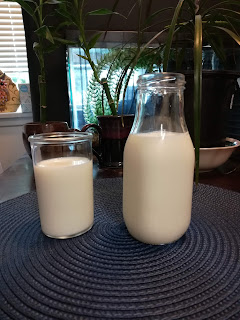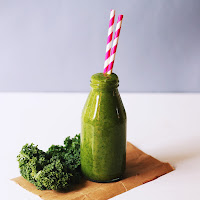I developed my latest shower cleaner after I ran the dishwasher... in 2013.
I just didn't know it yet.
Seven years ago, I wrote about a dishwasher detergent recipe I found that used only 2 ingredients: Borax and baking soda. I loved it. Not only did it clean my dishes, but it whitened my dishwasher, as well. It was cheap, effective, and green.
Could this work in the shower, as well?
The answer, generally speaking, is yes. Equal proportions of baking soda and Borax are quite effective at cleaning a shower. Borax is a natural mineral that's ground into a powder. Its rough texture works well for scrubbing away soap scum. Both that and baking soda are salts, so they also increase cleaning capacity by softening the water.
I could see this effectiveness as I scrubbed the mixture onto the bath ledge. The white powder quickly turned gray, while the white became brighter.
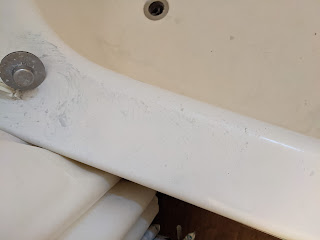 |
| It was pretty gross. |
I was thrilled...
Until I noticed one problem.
Borax no longer had the same green support it had in 2013!
When I tested the original dishwashing powder, the Green World was shouting Borax's praises. It was the green addition to any cleaning solution.
So what changed?
I went searching online, and most of what I found didn't change my mind about Borax. Multiple websites and blogs gave reasons for believing Borax was a bad choice, but none backed up their reasons with actual research. In fact, the vast majority simply linked to yet another blog that talked about the horrors of Borax... again with no evidence.
I wasn't impressed.
Some screamed that Borax was poison.
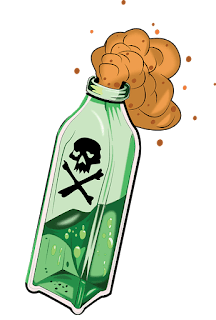 |
| Image via Pixabay |
This, indeed, is a fact. One of its many uses is a pesticide, after all!
I hunted down studies that specifically mention Borax within their trials, rather than boric acid (not even close to the same thing) or boron, and found that the mineral can cause harm in rats at extremely high levels.
Of course, for that poison to affect someone, they would need to consume a large amount of it or at least coat their skin with it for an extended period. Since I don't plan on gargling with it or do I plan on using a Borax face mask, I'm not particularly concerned about this.
Furthermore, there are plenty of poisons that are considered green. "Green" is not the same as "safe for human consumption," after all.
Of course, there's also open pit mining involved.
At first, one might think that open pit mining is no more damaging than any other type of mining, and if you were solely speaking about human safety, you'd be correct. It's much safer for human workers than shaft mining since it reduces the chance of toxic gasses or cave-ins. It's also cheaper and more efficient than other methods.
But that's where the benefits end. You see, open pit mining can have a significant impact on the environment. To quote Mission 2016: The Future of Strategic Natural Resources from MIT,
Environmental hazards are present during every step of the open-pit mining process. Hardrock mining exposes rock that has lain unexposed for geological eras. When crushed, these rocks expose radioactive elements, asbestos-like minerals, and metallic dust. During separation, residual rock slurries, which are mixtures of pulverized rock and liquid, are produced as tailings, toxic and radioactive elements from these liquids can leak into bedrock if not properly contained.
Unfortunately, if you continue reading to the end, it becomes abundantly clear that not just open-pit but all forms of mining are destructive to the environment. It does mention, however, that increasing government regulation to reduce damage would help and that programs companies enact to do this can actually pay for themselves.
Win-win.
Interestingly, 20 Mule Team, which is this nation's largest producer of Borax, has recognized this need. It works on reducing both water and energy consumption at its Rio Tinto mine. Hence, even though pit mining is environmentally damaging, steps are being taken to reduce that impact.
Further, boron, a key component of Borax, is also an essential nutrient that is sometimes used to help fertilize crops. In fact, 20 Mule Team brand Borax is approved by OMRI for use in organic farming in cases of soil micronutrient deficiency (Boron specific).
So what's the verdict, then?
Ultimately, the decision, as always, is up to you. It depends on how much you trust the company's decision to work toward a sustainable future. 20 Mule Team has worked harder than most to produce a lower-impact mine, but there is still an impact.
Open-pit mining is definitely a negative quality, but the flip side is that Borax is a much less toxic option than most cleaning products out there. Borax definitely works, so you'd be unlikely to waste any.
Personally, I'll continue to use it--in small doses. However, I'll also continue my hunt for a truly green shower cleaner that actually works well. Have I made a good decision, or would you choose differently? Why?


